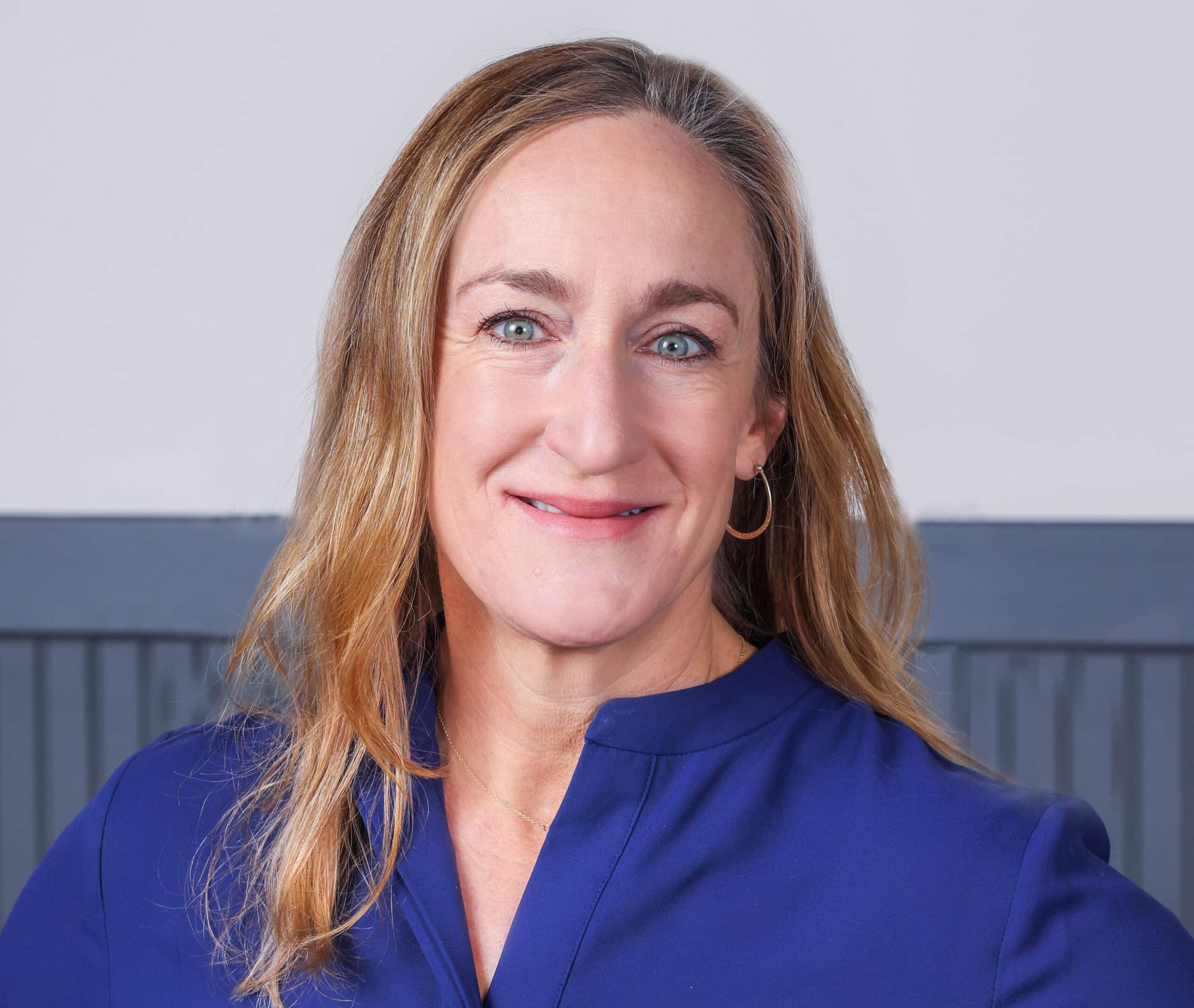Last week I challenged oil and gas leaders to articulate positive visions of the energy future so compelling that they could serve as antidotes to the mainstream climate apocalypse narrative. We absolutely need those visions: Many, many people who have what I call a “climate-centric worldview” are terrified of that mainstream climate apocalypse narrative.
But do you know what they want for their energy futures? Because your vision needs to be founded on their aspirations (not just yours) for them to see it as credible and compelling. This is the hidden law of energy leadership today: To effectively communicate, speak with your stakeholders, not at or past them.
Both of these things are true:
- Most of us wish we could convert people to our point of view. All people. All topics!
- Leading today isn’t persuasion. It’s understanding. You don’t lead people by browbeating them with your superior arguments. You lead them by understanding their position and finding common ground.
A climate-centric worldview
Our work at Adamantine with oil and gas leaders has uncovered these three major steps for you to build a nuanced, thoughtful, and empathetic understanding of the climate-centric worldview:
1. Expand your inputs. If your everyday isn’t filled with news and conversations about how each weather event is connected to climate change, how we must “get off fossil fuels today,” and how “we’re making progress but not nearly fast enough,” then it’s time to change your information diet. Nearly every mainstream news source, social media feed, and conversation with people under 42 (the upper range for the millennial cohort) has as its backdrop climate as a source of stress and motivator for action. Consume the news stories you usually skip. Engage in the conversations you’d just as soon avoid. Pay attention to how omnipresent the climate narrative is and how much it informs the way a huge segment of the population thinks. Then realize: Your attempts to “educate” them about how wrong they might be on climate will never begin to counter their information firehoses.
2. Seek to understand. Bring an open-minded curiosity to your new information diet. Why does this person think the way they do? What assumptions have they made about the world? What are the expectations and biases that are unstated and unaddressed? Curiosity serves two purposes here. First, it unplugs you from your own defensive response to these narratives. Two, it allows you to go deeper in understanding the climate-centric narrative.
3. Gently push on the edges—but to understand, not to counter. Again, you have absolutely no obligation to try and change anyone’s mind. (Do you like it when people try to change your mind?) Instead, if you notice an unstated assumption, very gently inquire to learn more. (Not to point out logical fallacies!) For example, “It sounds like you are really scared about smoke from fires next summer. What do you worry about specifically? Burning trees, health impacts, carbon dioxide?” Your goal is to understand more about the person, their emotional responses, and their identity drivers. Where they have logical fallacies, understand that we all have such fallacies—even and especially when it comes to the things we care the most about.
As you work on your vision for the energy future, pair it with an ongoing effort to understand the climate-centric narrative so you can be empathetic, responsive, and engaging. That’s a key step to real sustainability.
Adamantine is staffing up! We will be taking on additional limited engagements beginning in March. Please reach out for your consultation to learn more.
To listening, learning, and understanding,
Tisha

